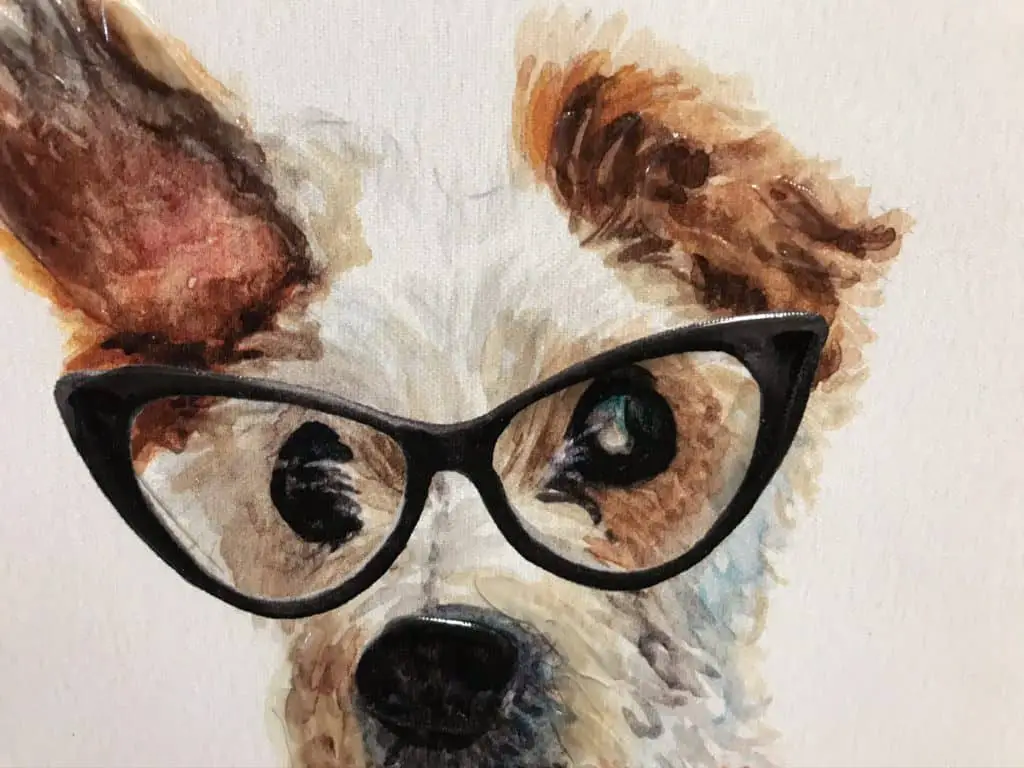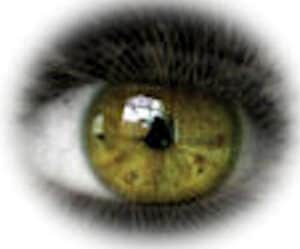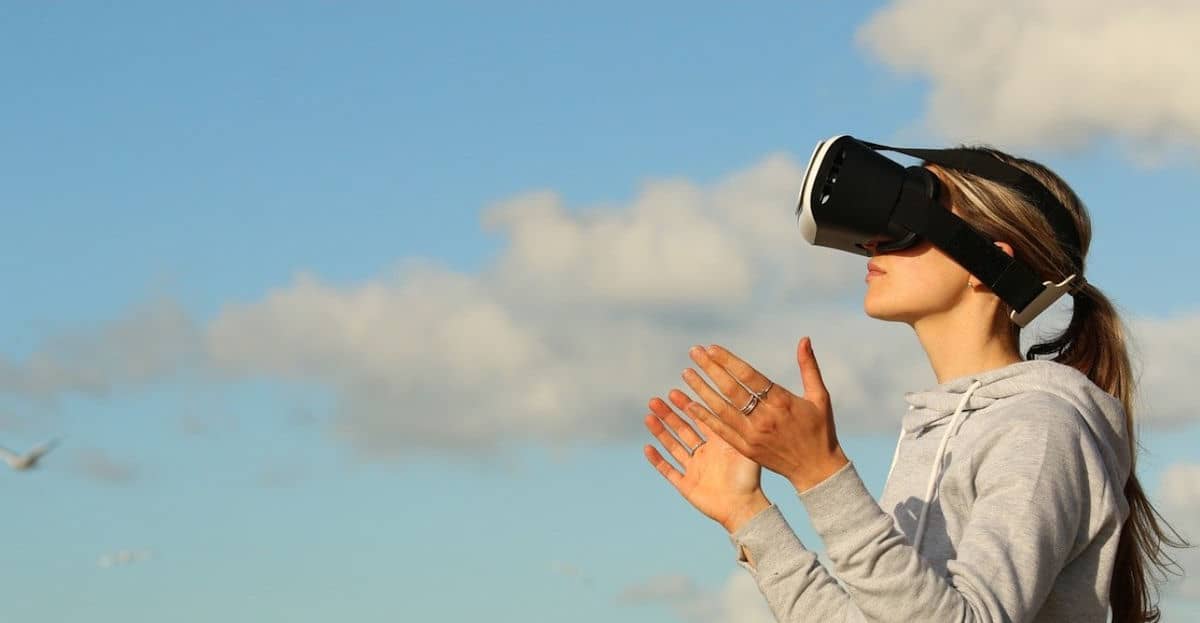Low vision services offer a multi-disciplinary approach to assist individuals with subnormal vision in accepting, adjusting, and adapting to maintain independence and quality of life. These services encompass a range of professionals including low vision specialists, rehabilitation experts, orientation and mobility specialists, teachers, and counselors.
If you’re seeking support for vision loss, these services can provide invaluable assistance tailored to your unique needs.
Who is a low vision patient?
Those who experience permanent vision loss, uncorrectable with eyeglasses or contact lenses, are candidates for specialized low vision services.
Individuals with vision less than 20/40 (6/12) in their better eye (where the other eye is worse) qualify for low vision services. Additionally, those who have experienced a loss of visual field (also known as “side vision”) or contrast sensitivity (difficulty distinguishing objects in similar shades of light and dark) can benefit from these services.
Referrals for low vision services are invaluable for individuals facing challenges with reading, driving, completing daily tasks, mobility, or experiencing emotional difficulties.
Low vision services are not only crucial for adults but also for children with inherited or acquired vision loss. Children have access to a range of therapies aimed at helping them adjust and adapt to their condition.
Who provides low vision services and where can low vision services be found?
Low vision services are available in various settings, including private practices (such as optometrists or ophthalmologists who specialize in low vision), multidisciplinary low vision centers, and state or federal agencies. These multidisciplinary centers often house low vision specialists who collaborate with occupational therapists, rehabilitation therapists, and counselors.
Low Vision Services:
The Starting Point: Low Vision Evaluation

Low vision specialists, typically licensed optometrists or ophthalmologists, possess a deep understanding of the disease process and prognosis due to their medical training. They are well-versed in functional vision loss and are aware of its limitations. These specialists have encountered individuals with similar visual challenges before, so they will not perceive age or debilitation as obstacles. Their primary objective is to assist in maximizing your visual potential and guide you through the adjustment and adaptation process.
Here are the reasons to get a low vision evaluation;
1. To Advocate for Yourself;
The low vision evaluation is your opportunity to interact with someone who understands your concerns can answer your questions.
2. Introduction to Visual Aids and Techniques;

The benefit of seeing a specialist is that he/she, because of knowledge and experience, can guide you in selecting the aids that would be helpful to you.
3. Education and Counseling;
Prepare yourself for a very honest discussion about your impairment and options for rehabilitation. The discussion should be tailored to you and your needs.
4. Appropriate Referrals;
They typically are familiar with state and local agencies for educational services, social services, psychological counseling, and eligibility requirements. They may also know of support groups for those with similar vision losses.
The low vision evaluation with a specialist commences with a comprehensive history and a series of questions to discern your concerns and requirements. The aim is to enhance your abilities in education, work, self-help, and recreational activities.
The tools utilized by the specialist may differ slightly from those used by your regular optometrist or ophthalmologist. Charts and lenses are employed to assess your level of visual function, determining the amount of usable vision and how effectively you can utilize it.
Subsequently, the specialist will introduce various visual aids, including both optical and non-optical options, and recommend techniques to optimize your vision. Optical aids encompass items such as magnifiers and digital technologies, while non-optical aids include objects with large print (such as phones and kitchen items) or improved task lighting. Visual techniques involve methods like eccentric fixation and scanning.
After identifying the optical and non-optical aids that best suit your needs, the specialist can refer you to an expert who will assist you in utilizing these aids effectively and implementing low vision techniques.
Rehabilitation Services
Rehabilitation services help to identify and train you in strategies and techniques useful to maximize remaining functional vision. Adaption is strengthened by training and use of compensatory skills.
Areas of Rehabilitative Training:

1. Work. An occupational therapist will help modify the work environment and train in the use of optical and non-optical aids used for meaningful and purposeful employment.
2. Home management. The therapist will modify and train in the use of adaptive independent living skills. This may require a visit by the therapist to the home. They can help by modifying the lighting, arrangement of furniture, and setting up optical aids. Kitchen modification include not only optimal lighting , but contrast enhancement, large print kitchen objects, and tactile clues.
3. Personal care. The therapist can help with organizing and labeling of personal care items in the bathroom. This may also include the organization and labeling of medications for accurate access. There is magnifying mirrors and magnifying electronics to help with visualizing hair grooming and makeup application.
4. Communication. There are large button phones and phone services available. Especially interesting in this area are the artificial intelligence (AI) devices that respond to voice commands and can perform internet access tasks.
5. Community access. The therapist can advise and help the low vision person with accessing transportation and local services.
Navigating the World with Orientation and Mobility Training
For those with more severe impairment, the guidance of an Orientation and Mobility Specialist becomes invaluable. Orientation and mobility training focus on fostering independence and safety, aiding individuals in navigating their homes and public spaces.
Assistive devices used for mobility may include electronic aids, canes, guide dogs, and other walking aids. These specialists teach visually impaired individuals to utilize their senses and any remaining vision, as well as the proper use of a cane.
Certified Orientation and Mobility Specialists provide strategies for indoor and outdoor movement. They assess homes and workplaces for safety and ease of movement, using this information to assist individuals in orienting themselves and moving successfully. This training extends to navigating urban areas like streets and public transportation.
The skills imparted by an orientation and mobility specialist greatly enhance the confidence, independence, and safety of visually impaired individuals.
Supporting Mental Well-Being: Counseling Services
Psychiatric and social counseling services are not universally available in every low vision center. These services fall within the domain of psychiatrists, psychologists, and social workers. When confronted with psychological and social challenges, individuals with visual impairments may silently struggle. Doctors, family members, and friends might not immediately recognize this need.
The complexities of vision loss can be compounded by additional health concerns or challenging family and living situations. Those grappling with such difficulties may benefit from counseling services beyond what rehabilitation therapists typically provide.
Research indicates a correlation between the degree of vision loss and the prevalence of depression. Individuals with greater visual impairment often experience more pronounced depressive symptoms.
Conversely, studies have shown that those who received low vision services had a reduced level of depressive symptoms. ( Low Vision Depression Prevention ….)
Remember to advocate for yourself. Vision loss can be a very painful and emotional mine field.
Want to learn more, see the article Low Vision, Depression, and Anxiety

Low Vision Services for Children: A Comprehensive Approach
Children and teenagers may experience inherited forms of low vision or acquire them during their early years, encompassing their first and second decades of life. This includes conditions such as pediatric cataracts, pediatric glaucoma, nystagmus, and inherited retinal dystrophies.
The extent of low vision services offered will vary based on the child’s age at diagnosis. Concerns for an infant will differ from those of a child already attending school.
In the first year or two of life, the focus is on the child’s brain development and functional vision. For school-age children, the emphasis shifts towards literacy development and adaptive skills.
Rehabilitation therapists and teachers specializing in low vision for children possess expertise in this unique area of care. They are well-versed in the vision development of children and specialize in tailoring therapies to each child’s needs.
These specialists collaborate not only with the student and family but also with other members of the child’s educational team. Together, they establish a personalized plan for instruction and implementation.
The significance of early diagnosis and treatment, both medically and for vision rehabilitation in young children, cannot be overstated. The educational and adaptive support provided to school-age children is pivotal to their future. With proper intervention, their future can be just as rich and productive as that of their sighted peers.
For those parents not sure about the rights of their disabled child, see section 504 of the Rehabilitation Act. There are many good websites explaining this document, click for The U.S. Department of Education .
.
The Role of Teachers of the Visually Impaired
Teachers of the visually impaired play a crucial role by integrating the diagnosis with information from other specialists and therapists, conducting their own functional assessments within the school setting. They become advocates for the students, interpreting medical information and comprehending the unique needs of each low vision student. This information is then communicated to the educational team, ensuring that the student has appropriate access to academic learning.
When to Consider Referring for Low Vision Services
Based on the criteria outlined earlier, it is generally recommended to refer individuals for low vision services when their visual acuity is measured at less than 20/40 (6/12), or when there is visual field loss or loss of contrast sensitivity, as diagnosed during the eye examination by your eye doctor.
Here is a better determinant of low vision by the National Eye Institute:
“Low vision is a vision problem that makes it hard to do everyday activities. It can’t be fixed with glasses, contact lenses or other standard treatments like medicine or surgery.”
In other words, if vision loss is affecting your lifestyle, activities, work, and happiness, it’s time for a referral for low vision services.
Understanding Functional Vision
There is a growing movement to reassess a patient’s functional vision not solely based on numerical measurements like visual acuity, degree of field loss, or contrast sensitivity, but on how these factors affect the individual’s daily functioning. These assessments are conducted by low vision specialists. While these numbers provide valuable data, they may not fully capture the individual’s actual visual experience, which can vary widely among people with vision impairments.
For instance, an individual with a visual acuity of 20/40 might be mildly bothered by the decrease in clarity but find it does not significantly impact their work or hobbies. Conversely, an artist or editor may experience profound despair due to the loss of visual detail at the same acuity level.
Consider someone with glaucoma who has lost a sector of their vision. The extent of impairment will be influenced by the size and location of this visual field loss.
Another example is a person with decreased contrast sensitivity, often due to cataracts. One individual might hardly notice the loss, while another may feel a constant unease due to the perceived dimness in their surroundings. It’s possible to have poor contrast sensitivity yet maintain good visual acuity.
Additionally, individuals with conditions like macular degeneration or Stargardt’s disease may have complete central vision loss, leading to a “legally blind” classification. However, with appropriate low vision aids and techniques like eccentric fixation, they can function effectively in daily life.
It is how you use your remaining vision and how you function with your vision loss:
- Compensatory techniques, with and without aids,
- adaptions to surroundings,
- visual skills, like eccentric viewing and scanning,
- add in; use of other senses, like hearing and touch.
Specialists in low vision, rehabilitation, mobility, and counseling conduct comprehensive functional vision assessments. These assessments encompass inquiries into how vision loss has impacted various aspects of your life, including daily activities, work, personal needs, and psychological well-being.
The assessment also involves tests to gauge your progress in developing visual compensatory skills and adaptations. The results of these assessments guide the specialists in formulating personalized plans for low vision services tailored to your specific functional vision needs.
What problems do you identify:
- 1.Reading and writing,
- 2. seeing the television,
- 3. unable to see the screens of computer or other electronic devices you need,
- 4. difficulty with recognizing faces,
- 5. unable to identify dials on household appliances,
- 6. headaches and eyestrain trying to see,
- 7. find yourself bumping into corners , missing stairs, or curbs,
- 8. persistent feelings of sadness or anxious,
- 9. spending more time alone?
In the End..
Specialists in low vision, rehabilitation, mobility, and counseling conduct thorough functional vision assessments. These evaluations delve into the impact of vision loss on your daily activities, work, personal needs, and psychological well-being.
Through these assessments, specialists can gauge your progress in developing visual compensatory skills and adaptations. The outcomes of these evaluations serve as the foundation for crafting personalized plans for low vision services. These plans are uniquely tailored to address your individual functional vision needs, providing a roadmap to enhance your quality of life and independence.
A study at a VA setting showed that those who received rehabilitation therapy along with low vision devices did better than those who only received low vision devices. Reference: (Veterans Affairs Low Vision Intervention Trial II  )
)
If we did all the things we are capable of doing, we would literally astound ourselves. Thomas Edison




